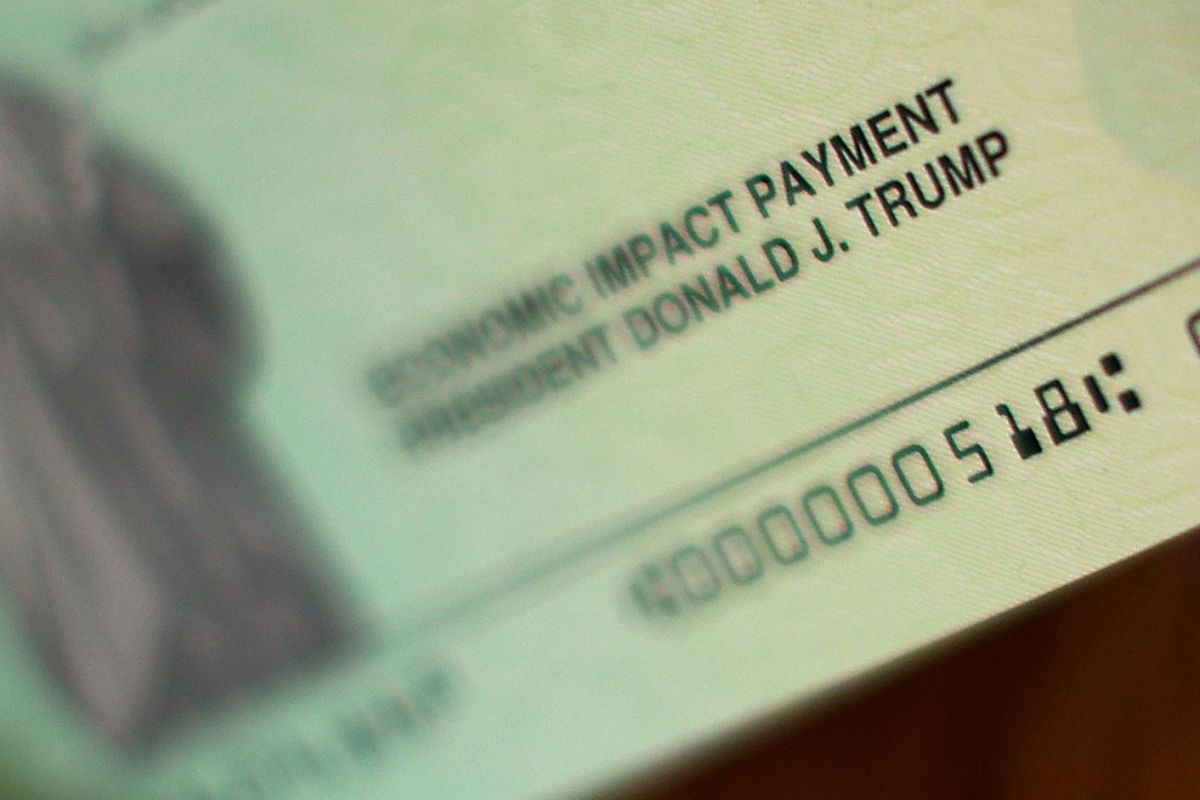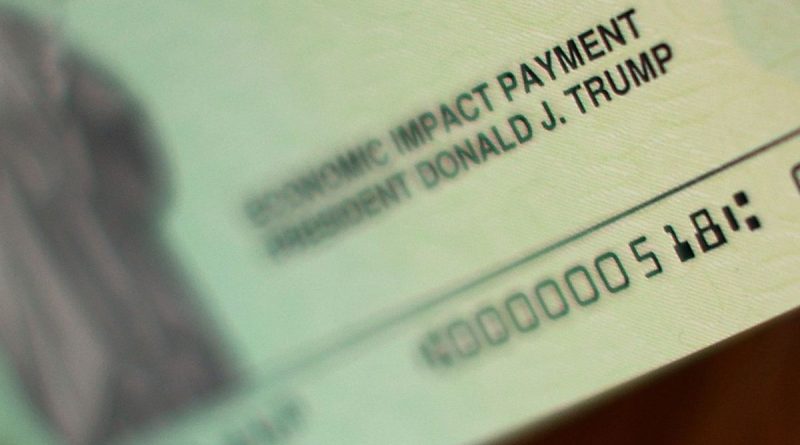What are the positive points this second round of the stimulus check has compared to the first | The State

Mixed status families will be able to receive the second stimulus check.
Photo:
Chip Somodevilla / Getty Images
Now that Congress has passed and President Donald Trump has signed a $ 900 billion aid bill worth of coronavirus aid, we can find out the differences and similarities between the first CARES Act check and the $ 600 bill. of the second stimulus check.
As Trump continues to push for $ 2,000 instead of $ 600 per person on that second stimulus check, the Internal rents service The IRS has already begun issuing maximum payments of $ 600 via direct deposit, paper check, and debit card.
Here we take a look at the eligibility requirements that have changed in the second stimulus check and that they may not qualify for the second payment.
New stimulus payment lowers income limit
The coronavirus bailout bill has been signed into law, establishing income limits for a check from $ 600 dollars so the maximum amount of money that you can receive will be adjusted to the adjusted gross income or AGI as it was during the CARES Act.
What Congress Changed for the $ 600 Check was to use the AGI of 2019 to determine if you qualify for a stimulus check, assuming you meet all other requirements.
Adults and their children can receive $ 600
With the second stimulus check each eligible adult will receive up to $ 600, decreasing as income increases and each dependent child 16 and under may also qualify for a $ 600 payment. In the new proposal there is no limit on the number of children that you can claim for a payment.
As with the first stimulus check, children 17 and older and dependent adults will not be eligible for the $ 600 dependent payment. This excludes about 13.5 million dependent adults to contribute to the total household, as reported by the People’s Policy Project.
A major change: mixed-status families
In the stimulus package $ 900,000 million a U.S. citizen who has a non-citizen spouse you are entitled to receive a payment as long as you have a social security number. This has been termed as a “mixed status family”.
In the CARES Act published in March, households with a non-U.S. Citizen they were not entitled to receive a stimulus check even if a spouse and child were US citizens.
The CARES Act made the Social Security number a requirement for payment. While the previous proposals would have expanded eligibility to those with a ITIN instead of a social security number because they are classified as residents or nonresident aliens, this group of people is again excluded in the final text of the bill.
Incarcerated citizens can get a second stimulus payment
After months a federal judge ordered the IRS which will send the first stimulus checks to incarcerated people. Incarcerated people are not excluded from the new law, which means that eligibility for this group is currently maintained.
You may be interested:
.


